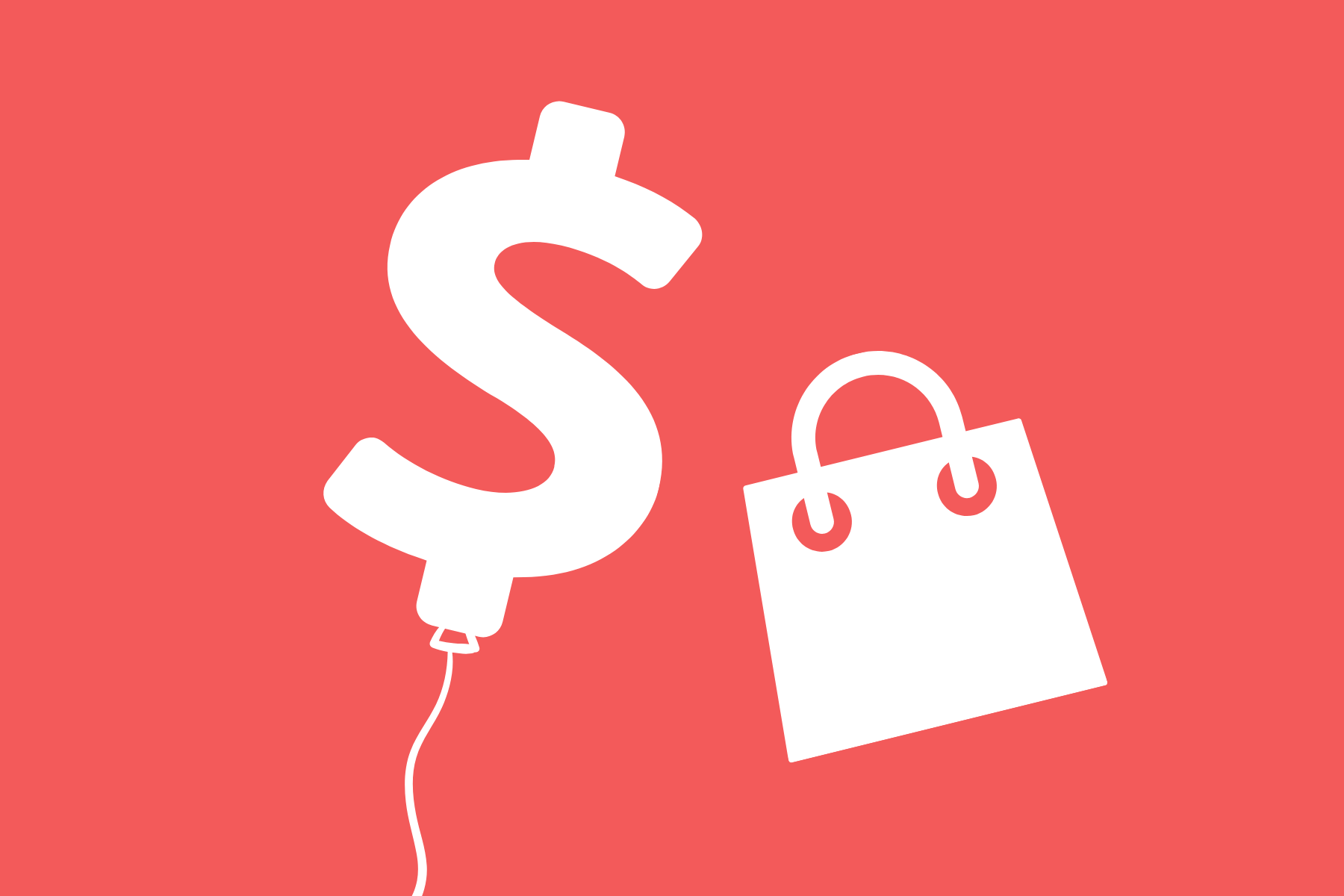6 Ways Rising Costs are Impacting Consumer Behavior 5/11/2023
 Consumers have struggled with rising inflation concerns for well over a year, and the uncertainty has profoundly impacted family spending decisions.
Consumers have struggled with rising inflation concerns for well over a year, and the uncertainty has profoundly impacted family spending decisions.
As the economic downturn stretches into the second quarter of 2023, consumer confidence is still on shaky ground, even as inflation shows signs of slowing down.
According to a study by Deloitte, consumer concern for rising prices did not fall below 70% at any point in 2022, a trend that has continued during the first few months of 2023.
As a valued partner of ECRM & RangeMe, Parent Tested Parent Approved, a leader in brand trust strategies and home to one of North America’s most influential consumer product awards, did a deep dive into consumer behavior and spending habits. Engaging select members of our parenting community of over 250,000 members, we surveyed over 2,000 parents about their purchasing trends in recent months.
Following are some of our findings.
1. Consumers are struggling to budget for recurring living expenses.
As inflation climbed to its highest rate in decades, it’s no secret that discretionary spending is down, with the majority of consumers feeling the pinch on everyday necessities. With rising inflation sending prices skyrocketing right into 2023, more than 75% of survey participants admitted facing challenges budgeting for recurring expenses such as groceries, gasoline and utilities.
Even as inflation shows signs of easing and confidence slowly begins to improve, consumers still struggle to keep up with high costs, looking for more value in the products they buy.
The pessimism from consumers shouldn’t come as a surprise. When we look back at data from our mid-year survey in July 2022, 87% of those surveyed said they expected prices to continue to rise into 2023, with 29.1% forecasting “significant” increases.
2. Brand loyalty is being tested as shoppers look for value.
There’s no doubt that brand loyalty is taking a hit in these uncertain economic times. When inflation hits, buying habits change, and your research puts a resounding exclamation point on that. Shoppers are now buying what they can afford to make ends meet, with an overwhelming 73.3% of those surveyed reporting they have switched brands or selected product alternatives over the past year.
Consumers are extremely price-conscious in the current economic climate, and brands need to adapt their strategies to align with the times. Shoppers need more than a well-known brand name and flashy marketing campaign. They are looking for products that stand out in an ultra-competitive marketplace.
As inflation continues and supply chain issues leave plenty of room on store shelves, shoppers are focusing more on value and availability when making purchasing decisions. Many are also turning to private-label brands to save money on their shopping bills.
We noticed a change in sentiment from our mid-year survey last summer. In July 2022, only 29.5% of respondents said that they would substitute their product of choice with an alternative to ensure availability.
3. Consumers are looking for sales and coupons to make ends meet.
Not surprisingly, when it came to finding ways to stretch their budgets, consumers were looking for in store sales (73%) and coupons (68.8%) to save on expenses.
In fact, an October 2022 study showed more than 90% of consumers were looking for discounts and cashback rewards when shopping online.
Shoppers also considered purchasing generic brands (58.3%), while 57.8% said they would reduce or eliminate unnecessary expenses such as eating out.
4. Company values are still more important than the lowest price.
As consumers wait for inflation to be brought under control, there are company values they will not compromise – even if it means paying a few extra dollars at checkout. A total of 54.5% of respondents said they would not support a brand that promoted child labor, while 48% were against the testing of animals.
With more consumers putting a premium on customer service, 35.9% reported that customer care influenced buying decisions, followed by the health and safety of employees (34.9%).
5. Shoppers are turning to discount stores for everyday needs.
Inflation reached a 40-year high last spring, forcing many consumers to look at cheaper options for groceries and other necessities. Not surprisingly, retail heavyweight Wal-Mart was the preferred choice for 70% of survey participants.
With many consumers turning to discount stores to combat inflation, it’s not surprising that stores such as Dollar Tree and Dollar General were preferred by 41% of consumers. Rounding out the top five shopping options were Target (34.7%), Costco (31.5%) and ALDI (27%).
6. Pricing is important, but high fuel costs have consumers looking for options close to home.
We asked parents what factors went into deciding which stores they shopped at. With the rising cost of living on everyday products tightening family budgets, 74% of replies said that fair pricing was the biggest driver in their decision to choose one store over another.
The rocketing cost of fuel was also top of mind for consumers, with 59.1% saying a store’s proximity to their home was important. To amplify how consumers are searching for value and not just the lowest price, 55.3% reported that the quality of a product also influenced where they shopped.


Sharon Vinderine is a successful entrepreneur, influencer, and media personality who founded the PTPA Media awards organization. She has assisted thousands of brands in establishing trust with consumers and has created a community of over 250,000 families.